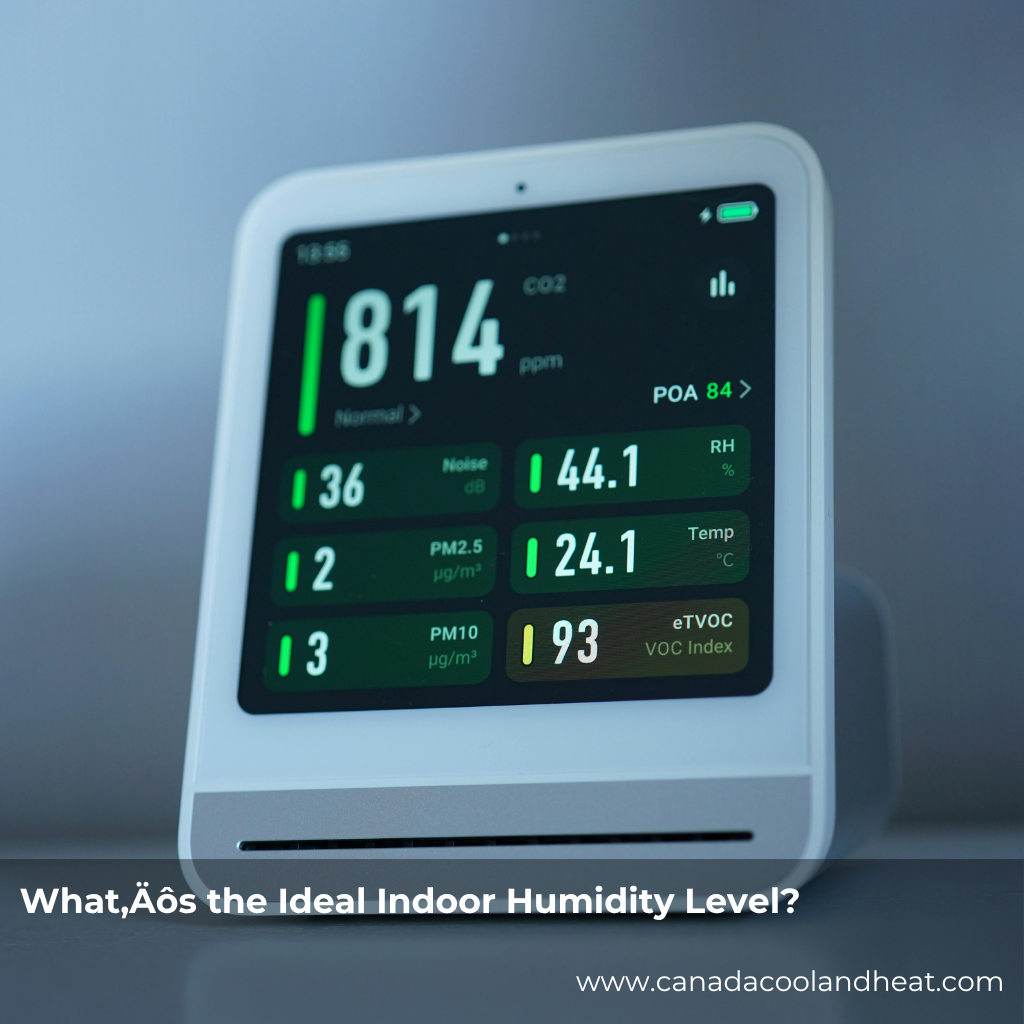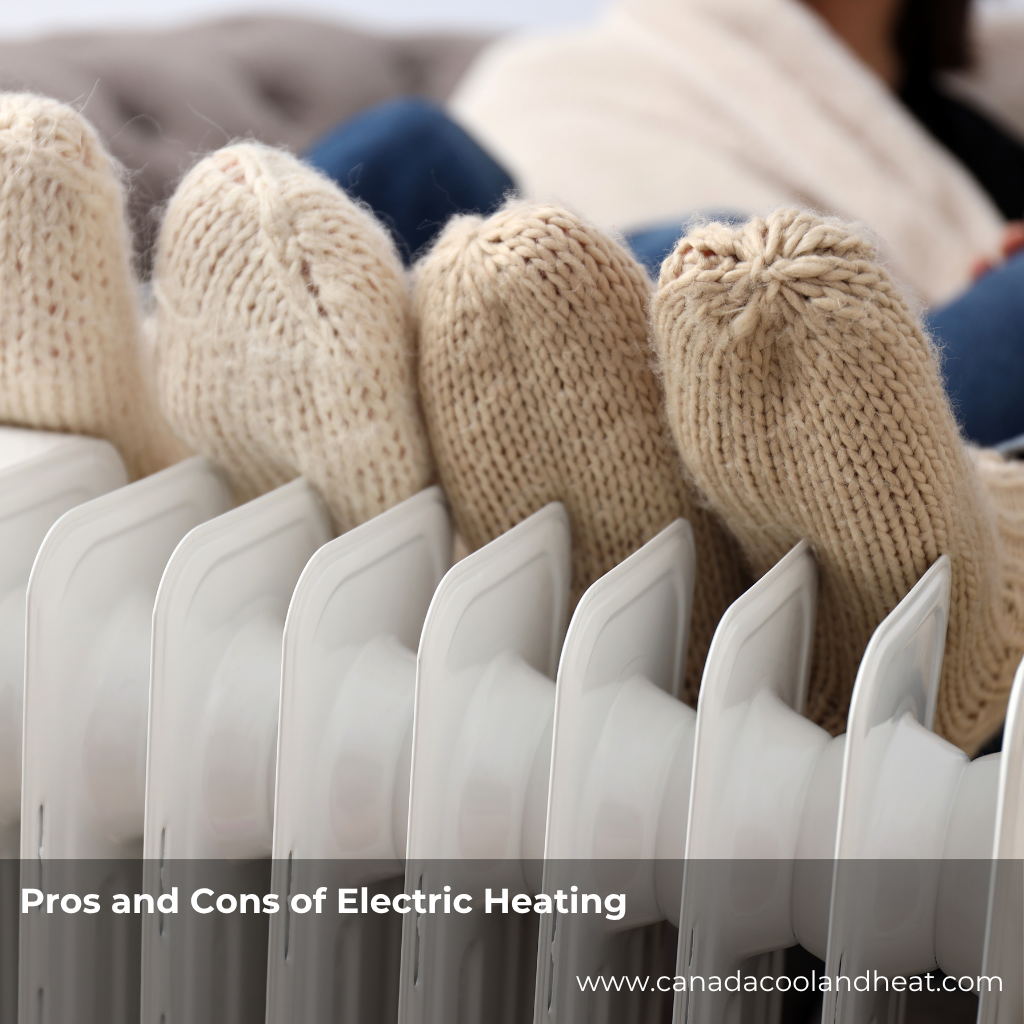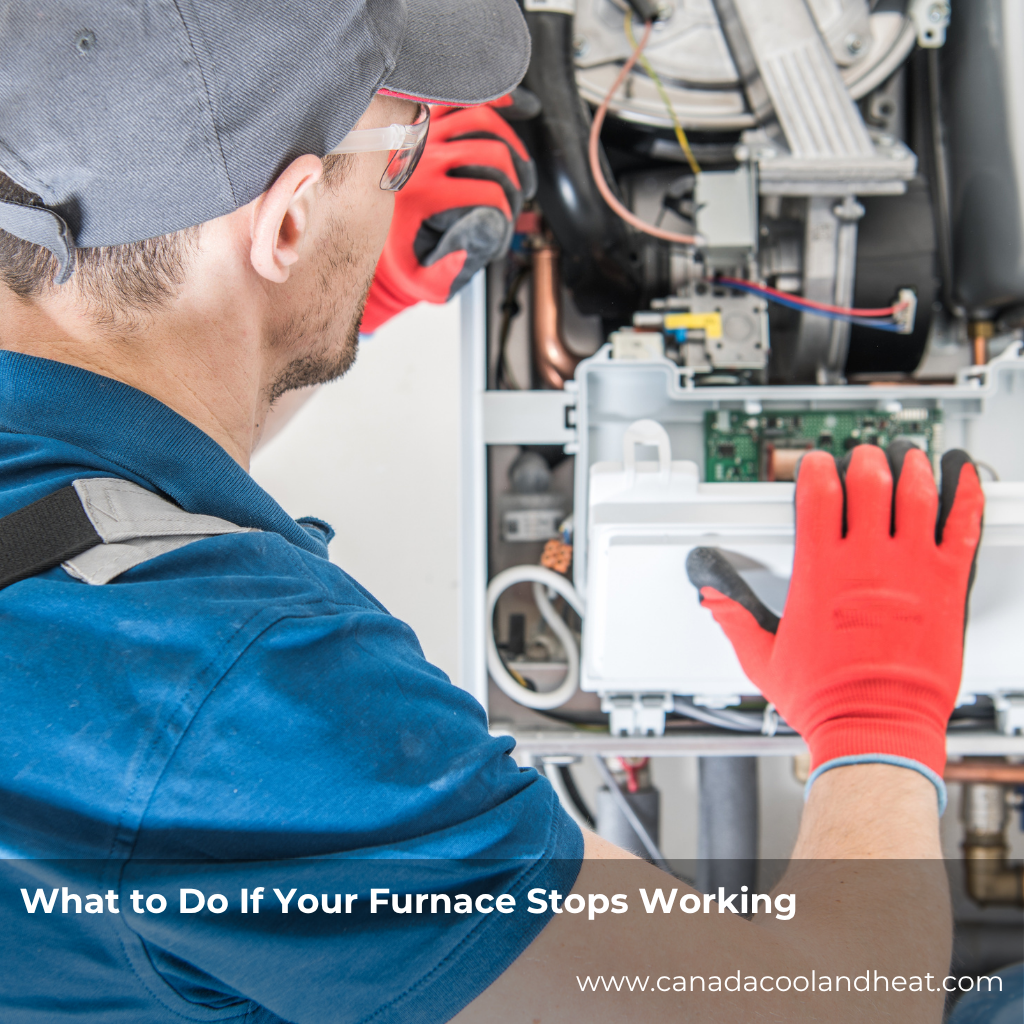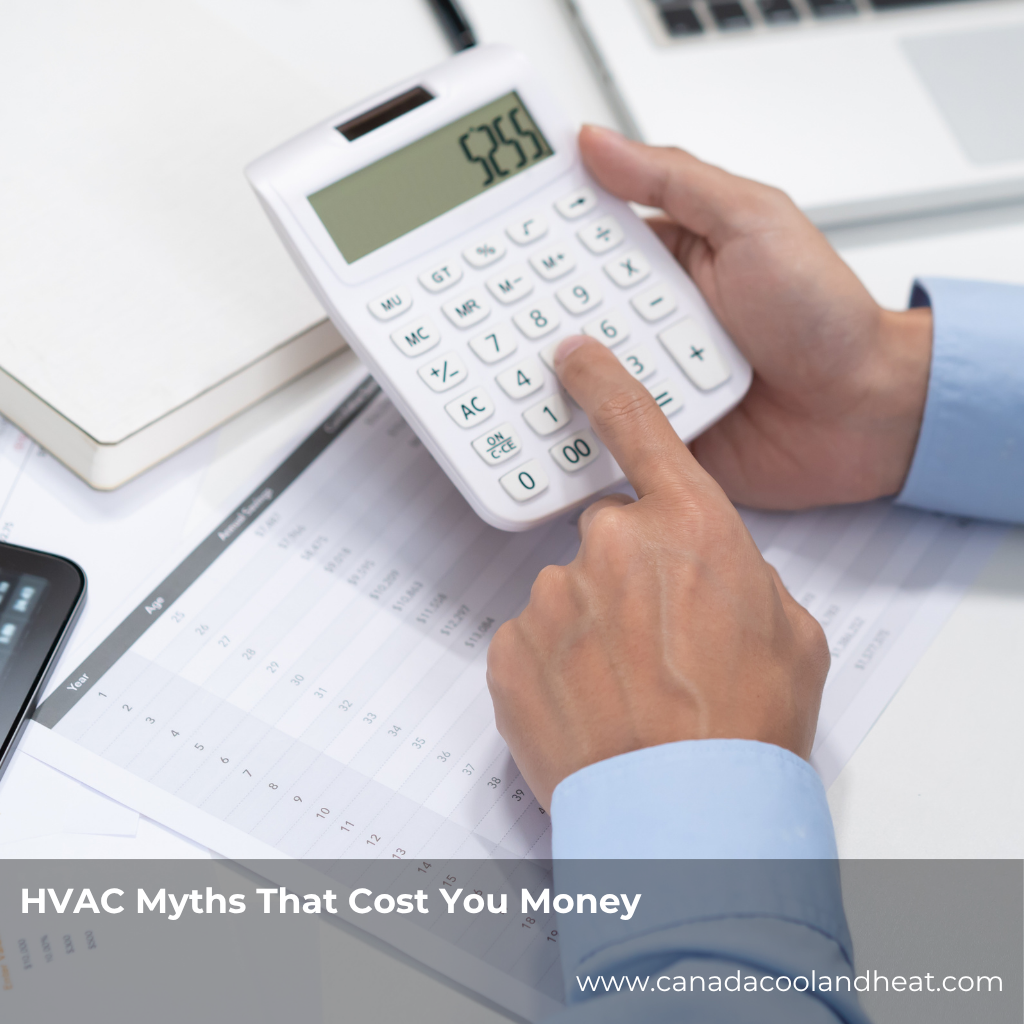Understanding Indoor Humidity and Why It Matters
Indoor humidity is the amount of moisture vapor in your home or business’s air. For comfort and health, the ideal indoor humidity level typically ranges from 30% to 50%.
Too much humidity can lead to:
- Mold growth and condensation on walls or windows.
- Warped wood cabinets or floors.
- Musty odors and poor air quality.
Too little humidity, on the other hand, can cause:
- Dry skin and throat irritation.
- Static electricity buildup.
- Shrinking wood furniture or cracks in trim.
Cooking activities, especially in busy kitchens, are major sources of excess indoor moisture. That’s where ventilation comes into play.
How Cooking Impacts Your HVAC System
Kitchens are humidity hotspots. Steam, grease, and heat rise quickly, and without proper ventilation, that warm, moist air circulates through your HVAC system. When this happens:
- HVAC efficiency drops — Air conditioners must work harder to remove excess humidity.
- Ductwork may accumulate grease or moisture, affecting airflow and indoor air quality.
- Temperature imbalances develop, especially between the kitchen and other rooms.
For commercial kitchens or open-plan residential designs, managing this airflow balance is crucial to keeping both comfort and energy costs in check.
The Role of Vent Hoods in HVAC Balance
A vent hood (or range hood) is your first line of defense against kitchen humidity and airborne contaminants. Its job is to capture heat, grease, and moisture before they spread through your home or restaurant.
But here’s the catch: a vent hood that’s too powerful can actually throw your HVAC system off balance.
When a vent hood exhausts large volumes of air, it creates negative pressure inside the building. This means air is being pulled out faster than it can be replaced, forcing your HVAC system to work harder to draw in fresh air.
To maintain proper HVAC balance:
- Always ensure make-up air (MUA) is available to replace what the hood exhausts.
- Integrate the vent hood system with your HVAC design for seamless airflow management.
- Regularly clean filters and ducts to maintain consistent performance.
Sizing Guidelines for Range Hoods
Getting the right vent hood size is critical for both effectiveness and HVAC balance. Here’s a general guide:
Residential Kitchens:
- For electric cooktops: Aim for 100 CFM per linear foot of stove.
- For gas cooktops: Increase to 150 CFM per linear foot to handle additional heat and combustion byproducts.
- The hood should be at least as wide as your cooktop and deep enough to cover all burners.
Commercial Kitchens:
- Commercial ranges produce more heat and moisture, so aim for 150–300 CFM per linear foot depending on cooking volume.
- Ensure compliance with local building codes and ventilation standards.
- Install make-up air units (MAUs) to restore balance and maintain comfort for kitchen staff.
Proper sizing not only removes steam and odors but also keeps your HVAC from fighting against pressure differences.
Tips for Maintaining Optimal Indoor Humidity
Whether at home or in a restaurant, these tips help maintain that ideal 30% to 50% humidity range:
- Use range hoods consistently when cooking, even for short tasks.
- Install humidity sensors in your HVAC system for automatic adjustments.
- Check filters and ducts monthly to prevent moisture buildup.
- Vent appliances properly, including dishwashers and dryers.
- Consider a dehumidifier in humid climates or during heavy cooking periods.
Real-Life Example: Balancing Comfort in a Busy Kitchen
Imagine a family that loves cooking together every weekend. Their old hood vented poorly, causing condensation on cabinets and windows. After upgrading to a properly sized, 400 CFM range hood with make-up air integration, they noticed the difference immediately:
- The kitchen stayed cooler.
- The HVAC ran more efficiently.
- Indoor humidity levels remained stable year-round.
Commercial kitchens experience the same effect on a larger scale—especially when multiple hoods and appliances run simultaneously.
Conclusion: Ventilation and Balance Go Hand in Hand
Maintaining ideal indoor humidity isn’t just about comfort—it’s about preserving air quality, equipment efficiency, and even the structure of your building. A properly sized, well-balanced vent hood system keeps moisture and heat where they belong, ensuring both home chefs and restaurant operators can breathe easy.
If you’re unsure about your ventilation setup, consult an HVAC professional to assess airflow balance and hood sizing. A little adjustment today can lead to big energy savings and lasting comfort.
FAQs About Vent Hoods, HVAC, and Humidity
1. What’s the best indoor humidity level for comfort?
Between 30% and 50% humidity is ideal for most indoor environments.
2. How does a vent hood affect HVAC performance?
It removes warm, moist air but can also create pressure imbalances if not paired with a make-up air source.
3. How often should vent hood filters be cleaned?
Residential: every 1–2 months. Commercial: weekly or as needed, depending on cooking volume.
4. What size range hood do I need?
Typically 100–150 CFM per linear foot for home use and 150–300 CFM for commercial kitchens.
5. Can poor ventilation cause high indoor humidity?
Yes. Steam from cooking without proper venting can raise indoor humidity above comfortable levels.
6. Does air conditioning control humidity on its own?
Partially. While AC units remove moisture, they work best when paired with effective ventilation.
7. What is make-up air, and why is it important?
Make-up air replaces the air vented out by your hood, preventing negative pressure and HVAC strain.
8. Can humidity affect kitchen equipment?
Absolutely. High humidity can corrode metal surfaces and reduce appliance lifespan.
9. Should I leave my hood fan on after cooking?
Yes, run it for 10–15 minutes after cooking to remove lingering moisture and odors.
10. When should I call a professional?
If you notice condensation, odors, or uneven airflow, it’s time to have an HVAC technician inspect your setup.







